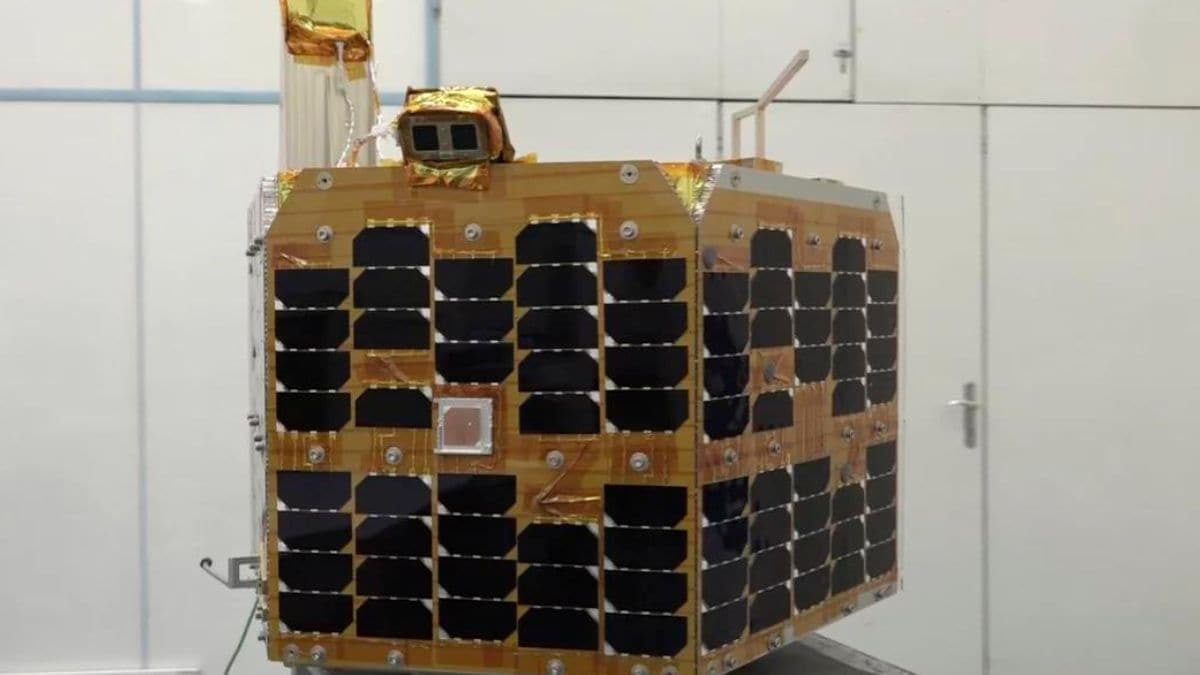In a significant advancement for its aerospace ambitions, Iran has successfully launched the Chamran-1 research satellite amidst growing tensions with Israel. This satellite was propelled into orbit by the Qaem-100 rocket, marking a pivotal moment for Iran’s space program, as stated by government media. However, this move has sparked concerns among Western nations regarding the dual-use potential of Iran’s aerospace initiatives. Let’s delve deeper into the specifics of the Chamran-1 satellite, the Qaem-100 rocket, and the geopolitical implications of this launch.
What is the Chamran-1 Satellite?
The Chamran-1 satellite is a lightweight spacecraft, weighing approximately 60 kilograms. It has been positioned in orbit nearly 550 kilometers above Earth, a height surpassing that of the International Space Station (ISS). This satellite is designed for testing orbital maneuvers, allowing Iran to potentially alter the trajectory of its spacecraft in space. This capability could enhance Iran’s operational flexibility and effectiveness in space missions.
Details of the Qaem-100 Rocket
The Qaem-100 is a solid-fuel, three-stage launch vehicle developed by Iran. This rocket is critical for Iran’s satellite deployment endeavors and has previously been used to launch a satellite in January. This latest launch represents a significant milestone for Iran, as it is the first under the leadership of new President Masoud Pezeshkian. The direction Iran’s space program will take under his administration remains uncertain, but the potential for increased activities cannot be overlooked.
Concerns from the United States and Allies
The successful launch of the Chamran-1 has raised alarms in the United States and among its allies. They are apprehensive that this satellite program could serve as a façade for Iran to enhance its intercontinental ballistic missile capabilities. U.S. officials have expressed concerns that the nature of Iran’s space missions could pave the way for the development of advanced missile systems. In contrast, Iran maintains that its space endeavors are focused on peaceful purposes and the betterment of its citizens, firmly denying any intentions to develop nuclear weapons.
Summary of Parameters
| Parameter | Details |
|---|---|
| Satellite Name | Chamran-1 |
| Weight | 60 kg |
| Orbit Altitude | 550 km |
| Launch Vehicle | Qaem-100 |
| Launch Significance | First under President Masoud Pezeshkian |
| Concerns Raised | Potential for missile development |
| Iran’s Stance | Peaceful space exploration |
The launch of the Chamran-1 satellite showcases Iran’s growing capabilities in space technology. While it may contribute to advancements for the nation, it also intensifies scrutiny from the global community. The interplay of regional politics, security concerns, and technological ambitions will continue to shape the narrative surrounding Iran’s space endeavors.
Latest Tech News, Smartphone Reviews and popular Mobile Gadgets for exclusive offers on Android. Download the app and keep up with our updates.












